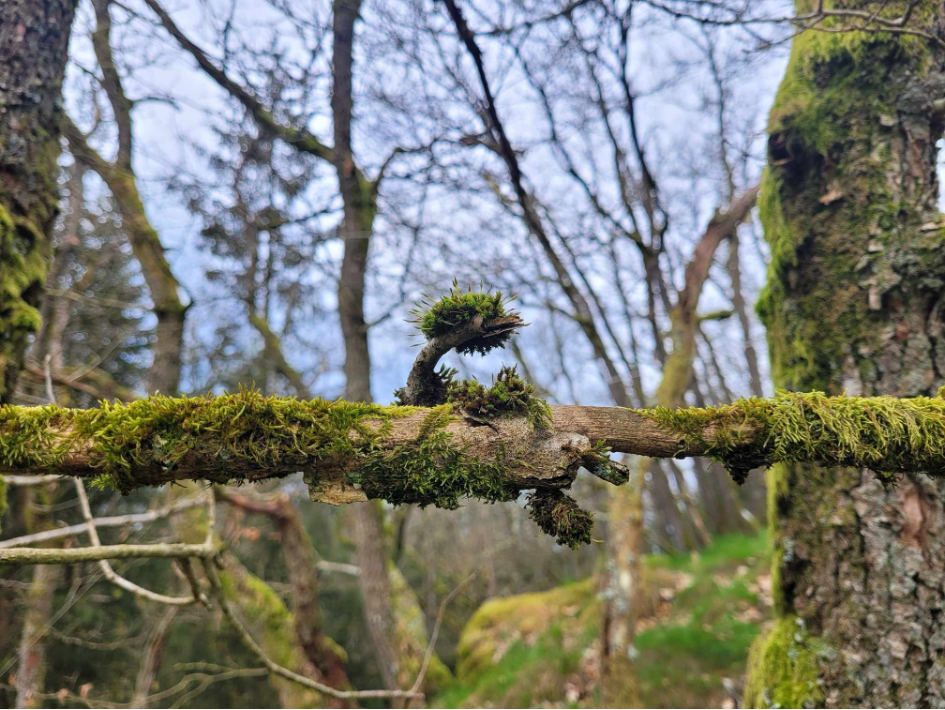The EPIFOR project comes to an end
SPW project on epiphyte mosses

The EPIFOR project started in March 2023. The project was financed by the SPW (Walloon Public Administration) and it was a collaboration between the University of Louvain-la-Neuve, the University of Liège and Epiphytia. The aim of the EPIFOR project was to identify bryophyte and lichen indicator species for the continuity and naturalness of forests in Wallonia, and then to propose advice to forest managers to improve the quality of Walloon forests in terms of continuity and naturalness. Alain Vanderpoorten, Lea Mouton and Virginie Hustemekers found 15 epiphytic bryophytes that indicate three levels of continuity and naturalness in a forest. Dicranum scoparium, Homalothecium sericeum, Isothecium alopecuroides, Isothecium myosuroides, Orthotrichum stramineum, Ulota crispa, Zygodon sp. indicate a good level of naturalness in the forests. These forest patches are ideal for the creation of islands of aging. If Frullania tamarisci, Leucodon sciuroides, Metzgeria temperata/violacea, Microlejeunea ulicina and/or Neckera sp. are found in a forest, the forest indicates a high level of continuity and naturalness. An island of senescence could be created locally to preserve sensitive species and restore the special connectivity of the forest. In the presence of Antitrichia curtipendula, Blepharostoma trichophyllum and/or Ptilidium pulcherrimum, which are patrimonial species and which indicate a very high level of continuity and naturalness, the forest should be classified to integral reserve to preserve the quality of the forest.